Differences Between Uchikake and Other Wedding Kimonos in Kyoto
When it comes to Japanese weddings, the kimono takes center stage as one of the most symbolic and breathtaking elements of the entire ceremony. Among all bridal garments, the uchikake stands out as a highly ornate and elegant over-kimono traditionally worn by brides during wedding ceremonies.
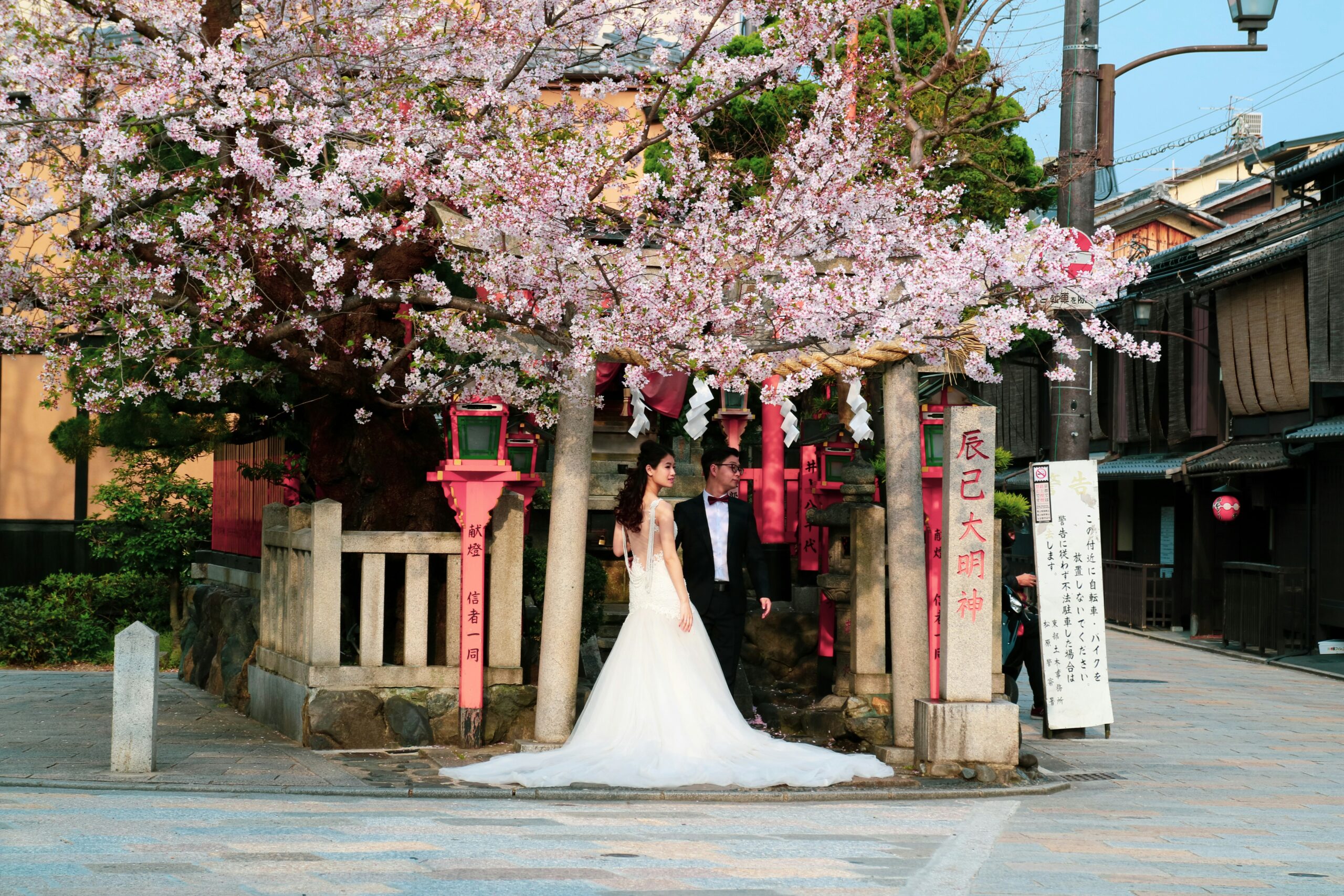
Traditional Japanese Wedding Couple in Uchikake
But how does the uchikake differ from other types of wedding kimonos such as shiromuku or hikifurisode? And why does Kyoto remain the heart of authentic bridal kimono culture?
In this comprehensive guide, we will explore the unique characteristics, symbolism, and history behind these wedding garments, while showing why Kyoto is the perfect place to capture unforgettable bridal photography.
If you are considering a wedding or bridal photo session in Kyoto, discover our photography services here: AllPhoto Kyoto.
- 1What is the Uchikake Kimono?
- 2The History of Uchikake in Japanese Weddings
- 3Key Characteristics of Uchikake
- 4Differences Between Uchikake and Other Wedding Kimonos
- 5Symbolism and Cultural Meaning
1What is the Uchikake Kimono?
The uchikake is a highly formal bridal kimono worn over another kimono (usually a kakeshita) and left open without an obi (sash). It is recognized for its heavy silk fabric, long padded hem, and elaborate embroidery featuring auspicious motifs such as cranes, pine trees, flowers, or phoenixes.
Unlike everyday kimonos, the uchikake is not tied but draped over the bride, giving her a regal and almost ethereal appearance.
2The History of Uchikake in Japanese Weddings
The uchikake originated in the Muromachi period (14th–16th century) as formal outerwear for noblewomen and samurai-class wives. Over time, it became exclusively associated with weddings, particularly during the Edo period when it symbolized wealth, prestige, and good fortune for the new couple.
In Kyoto, where traditional culture flourished, the uchikake retained its central role in ceremonial attire and is still considered a treasured garment for brides.
3Key Characteristics of Uchikake
- Fabric: Rich brocade, satin, or silk
- Length: Extra-long, with trailing hem
- Weight: Often very heavy (up to 15kg) due to padding and embroidery
- Designs: Cranes, phoenixes, cherry blossoms, fans, pine, and gold thread details
- Color: Often vibrant red or gold, though modern versions may include white, silver, or multicolored palettes
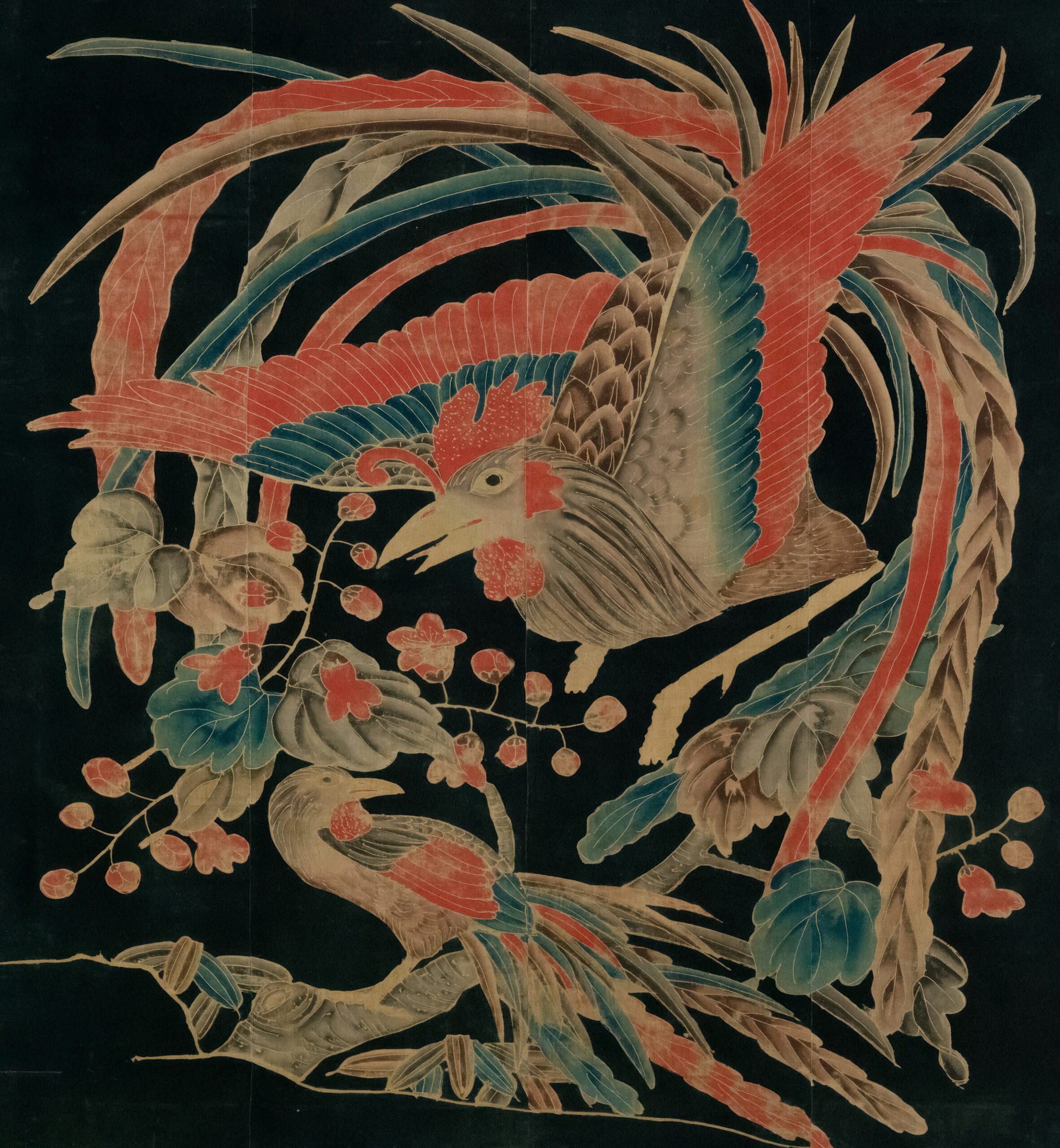
Detailed Uchikake Embroidery with Cranes
4Differences Between Uchikake and Other Wedding Kimonos
Uchikake vs Shiromuku
- Uchikake: Colorful, ornate, worn over another kimono
- Shiromuku: Pure white from head to toe (symbolizing purity and new beginnings)
Shiromuku is often worn in Shinto ceremonies, while uchikake is more versatile and popular for photography.
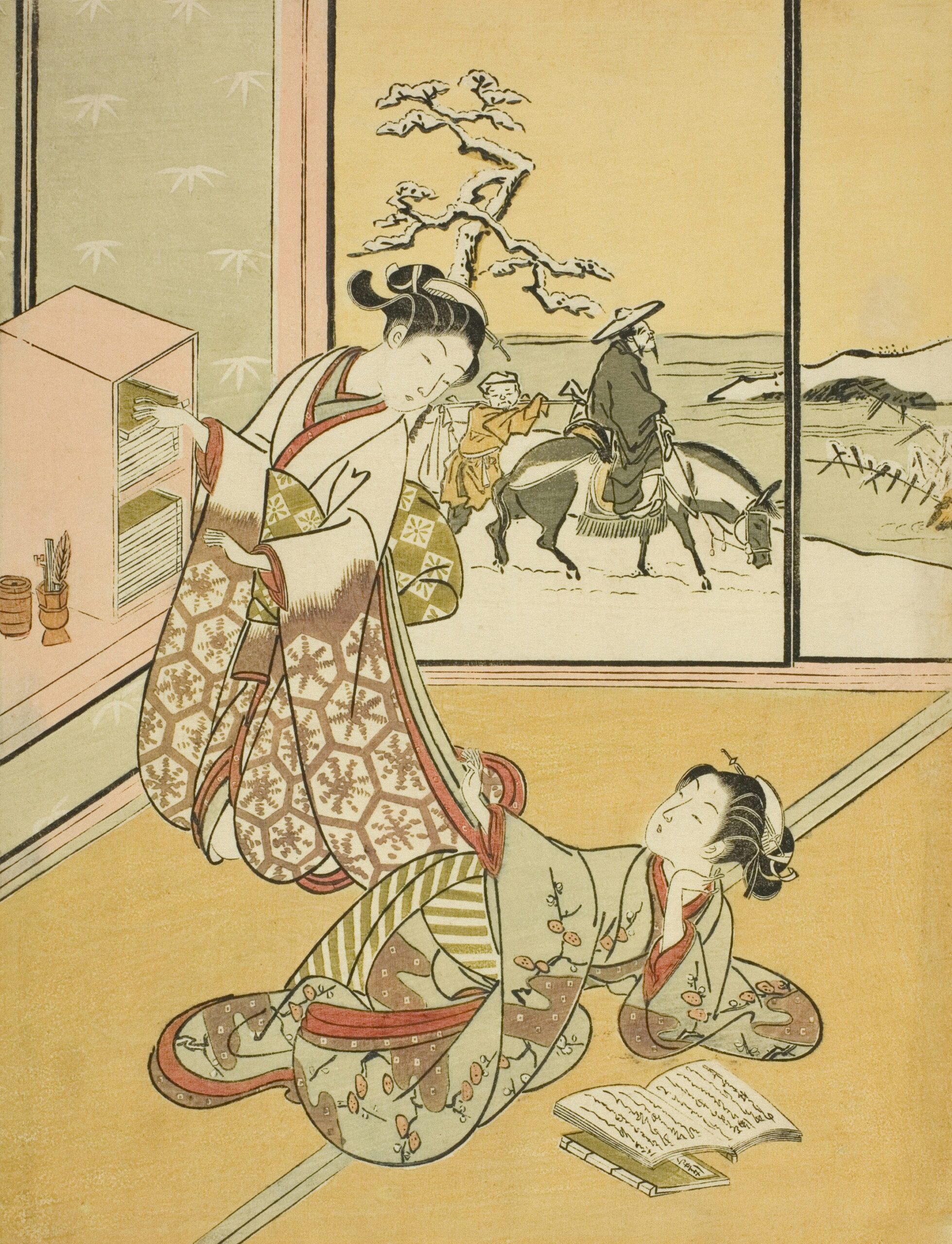
Traditional White Shiromuku Kimono
Uchikake vs Hikifurisode
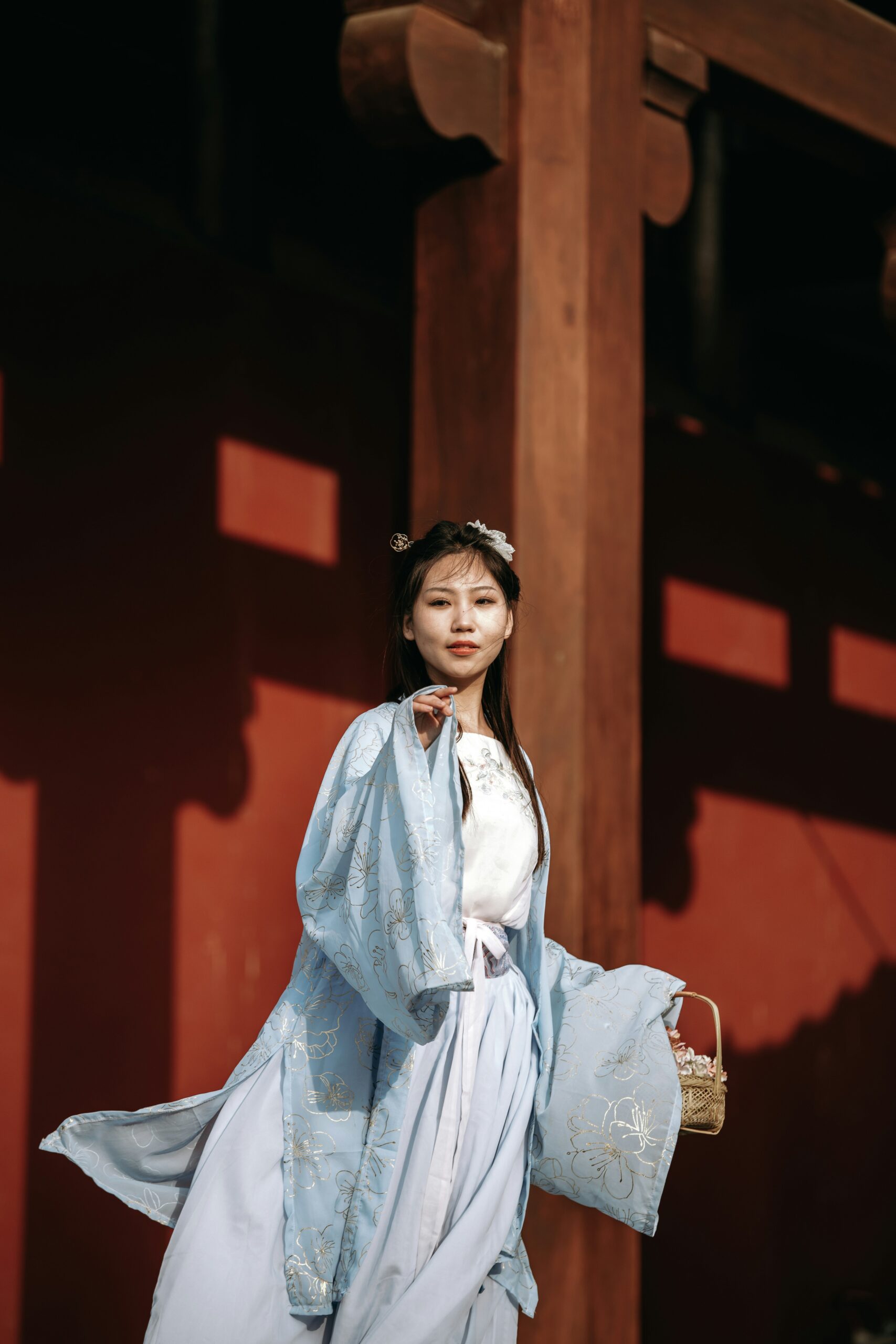
Elegant Hikifurisode with Long Sleeves
- Uchikake: Not tied with an obi, more decorative and heavier
- Hikifurisode: A long-sleeved bridal kimono tied with an obi, easier to move in
Hikifurisode is more practical, but uchikake carries stronger ceremonial value.
Uchikake vs Iro-uchikake
- Uchikake: Can be in red, gold, or multiple colors
- Iro-uchikake: Specifically refers to brightly colored versions other than white
Both are highly decorative, but iro-uchikake emphasizes vivid hues.
5Symbolism and Cultural Meaning
The motifs embroidered on the uchikake are not merely decorative. Each carries deep cultural symbolism:
Cranes
Longevity and fidelity
Pine trees
Strength and endurance
Cherry blossoms
The beauty and fragility of life
Phoenixes
Rebirth and auspicious new beginnings
This makes the uchikake not only a garment but also a storytelling piece in Japanese weddings.
6Kyoto as the Heart of Wedding Kimono Tradition
Kyoto, once the imperial capital of Japan, is still regarded as the cultural capital of traditional arts and clothing. Bridal kimono artisans, many of whom are descendants of families specializing in textile craft, continue to produce uchikake using centuries-old techniques.
Kyoto’s temples, shrines, and gardens provide a picturesque backdrop that perfectly complements the elegance of the uchikake.
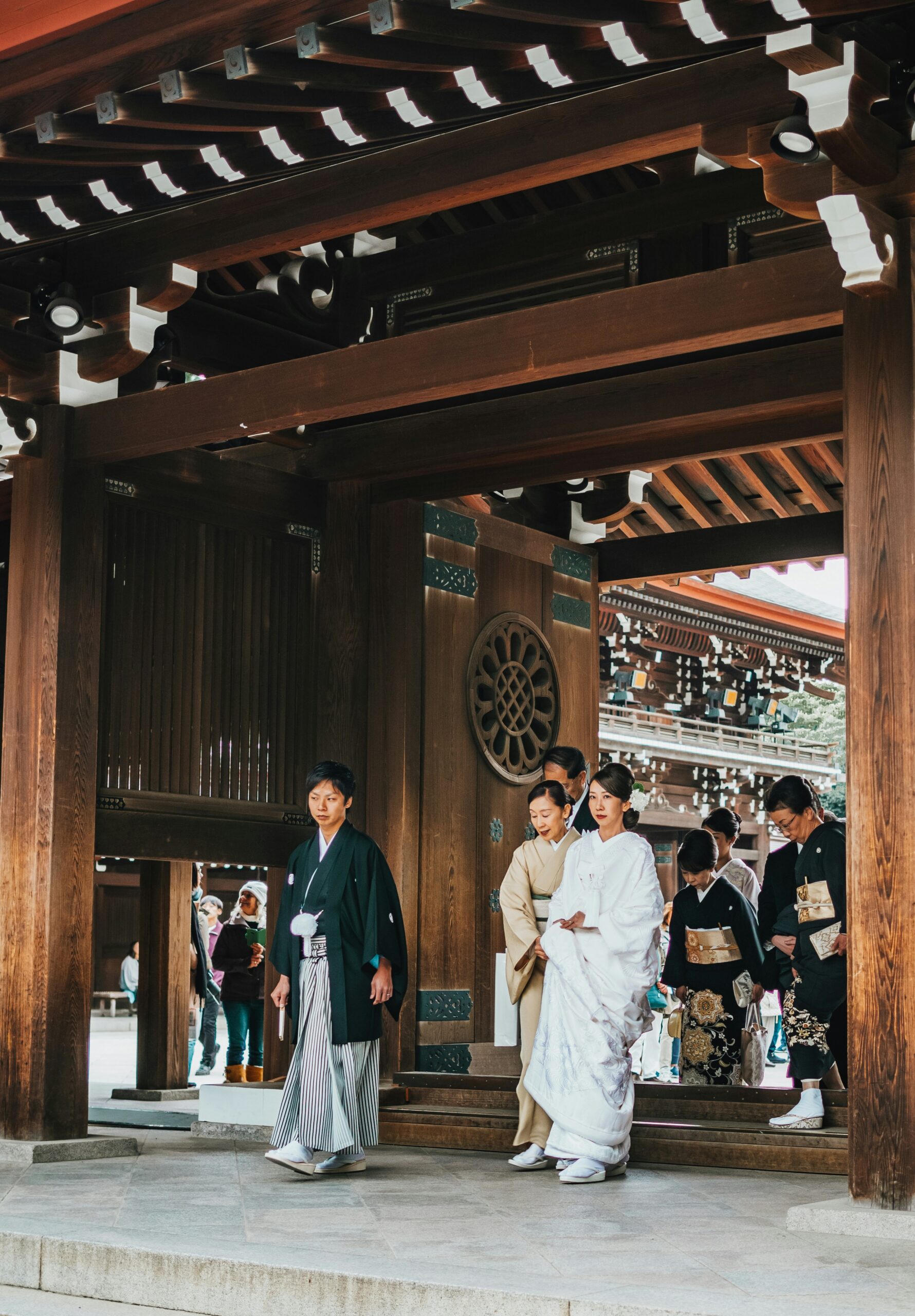
Kyoto Temple Wedding Photography
7Why Brides Choose Uchikake in Kyoto
Brides from Japan and abroad come to Kyoto for bridal photography and weddings because:
The city offers authentic access to traditional kimono rental and fitting
Shrines such as Yasaka Jinja or Heian Jingu are iconic wedding spots
The uchikake looks particularly striking in Kyoto’s seasonal scenery (cherry blossoms in spring, autumn leaves in fall)
See how we bring these traditions to life in our photography services: AllPhoto Kyoto.
8Modern Bridal Trends in Japan
While some brides choose Western dresses, there is a growing appreciation for reviving traditional Japanese garments. Modern uchikake are sometimes paired with Western hairstyles or accessories, creating a fusion style that appeals to international couples in Kyoto.
9Where to Experience Authentic Uchikake in Kyoto
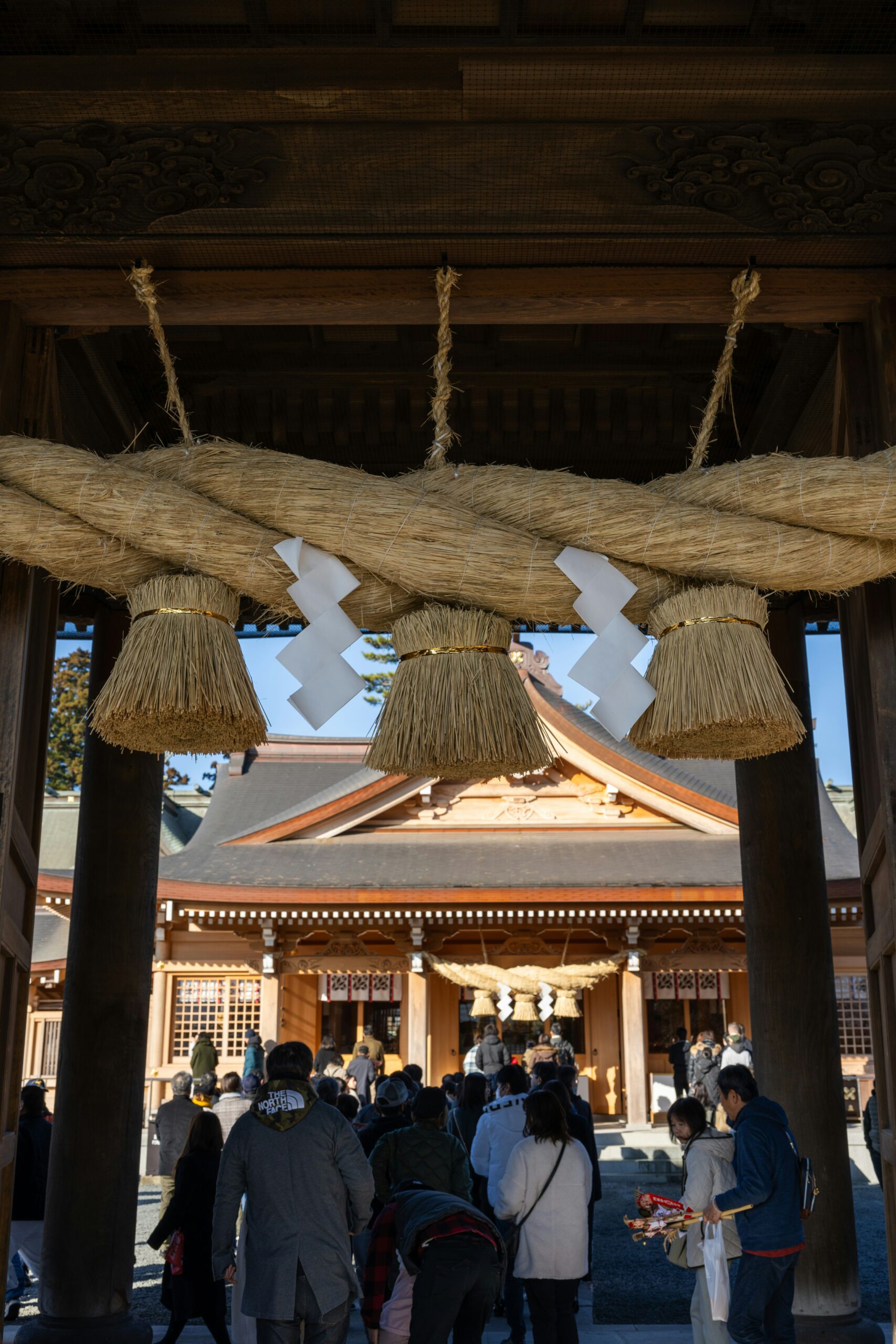
Gion District Kimono Rental Shop
Visitors can experience uchikake through:
- Bridal kimono rentals in Gion or Higashiyama
- Photography studios specializing in wedding attire
- Cultural experience tours offering dressing and photoshoot sessions
10Tips for Bridal Photography in Kimono
- Choose the right season: Spring and autumn are the most photogenic in Kyoto
- Balance traditional and modern styles: Pair uchikake with subtle makeup for elegance
- Select symbolic locations: Shrines, tea houses, or traditional machiya townhouses enhance authenticity
- Work with professional photographers who understand the cultural nuances of uchikake photography
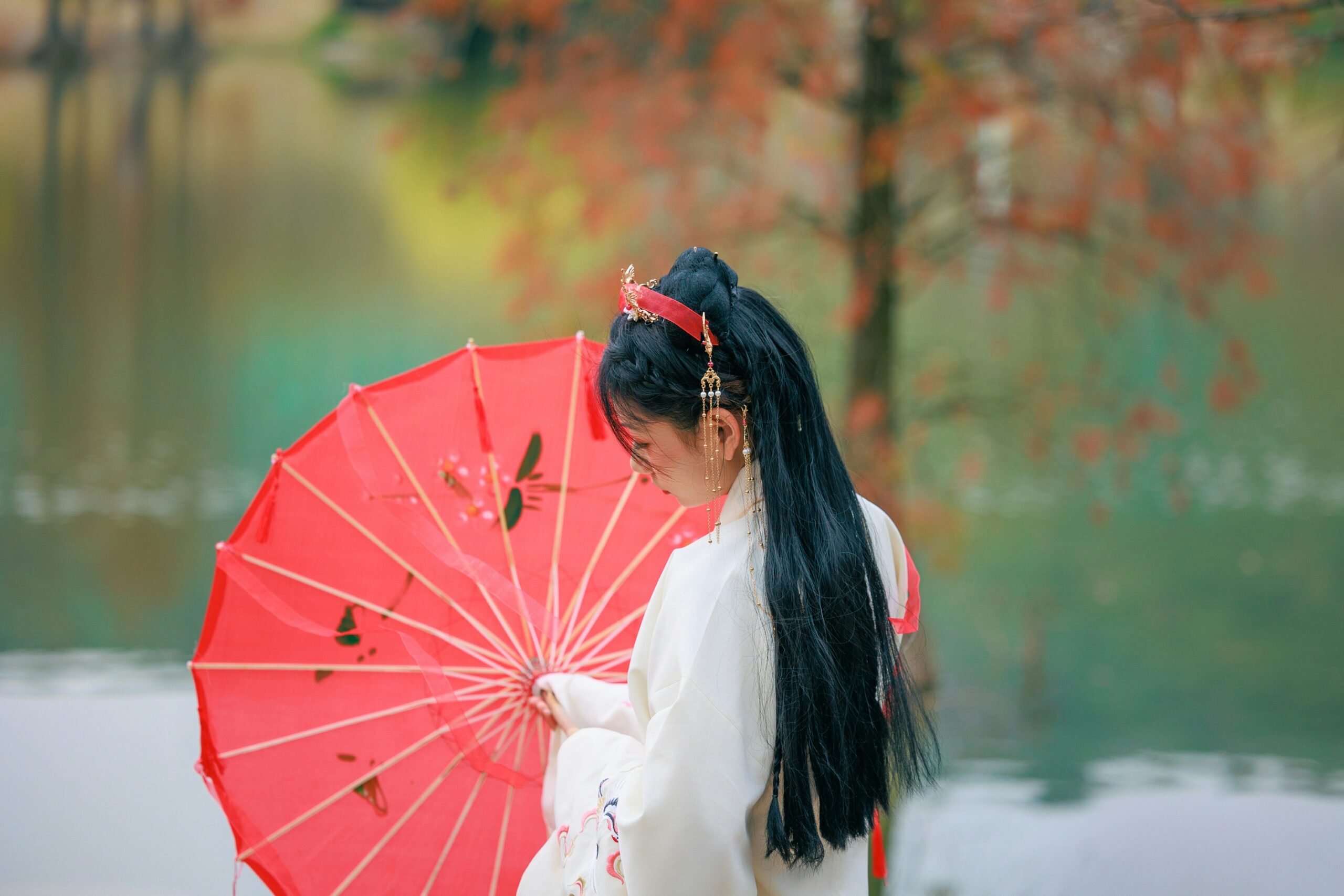
Cherry Blossom Wedding Photography in Kyoto
11Conclusion
The uchikake is more than just a bridal garment—it is a living piece of Japanese cultural heritage. Its differences from other wedding kimonos highlight the rich symbolism and artistry embedded in Kyoto’s wedding traditions.
For couples seeking to embrace authentic Japanese beauty, Kyoto remains the ultimate destination to experience and capture the elegance of the uchikake.
Ready to Experience Kyoto’s Wedding Kimono Tradition?
Book your bridal photography experience in Kyoto here: AllPhoto Kyoto


コメント